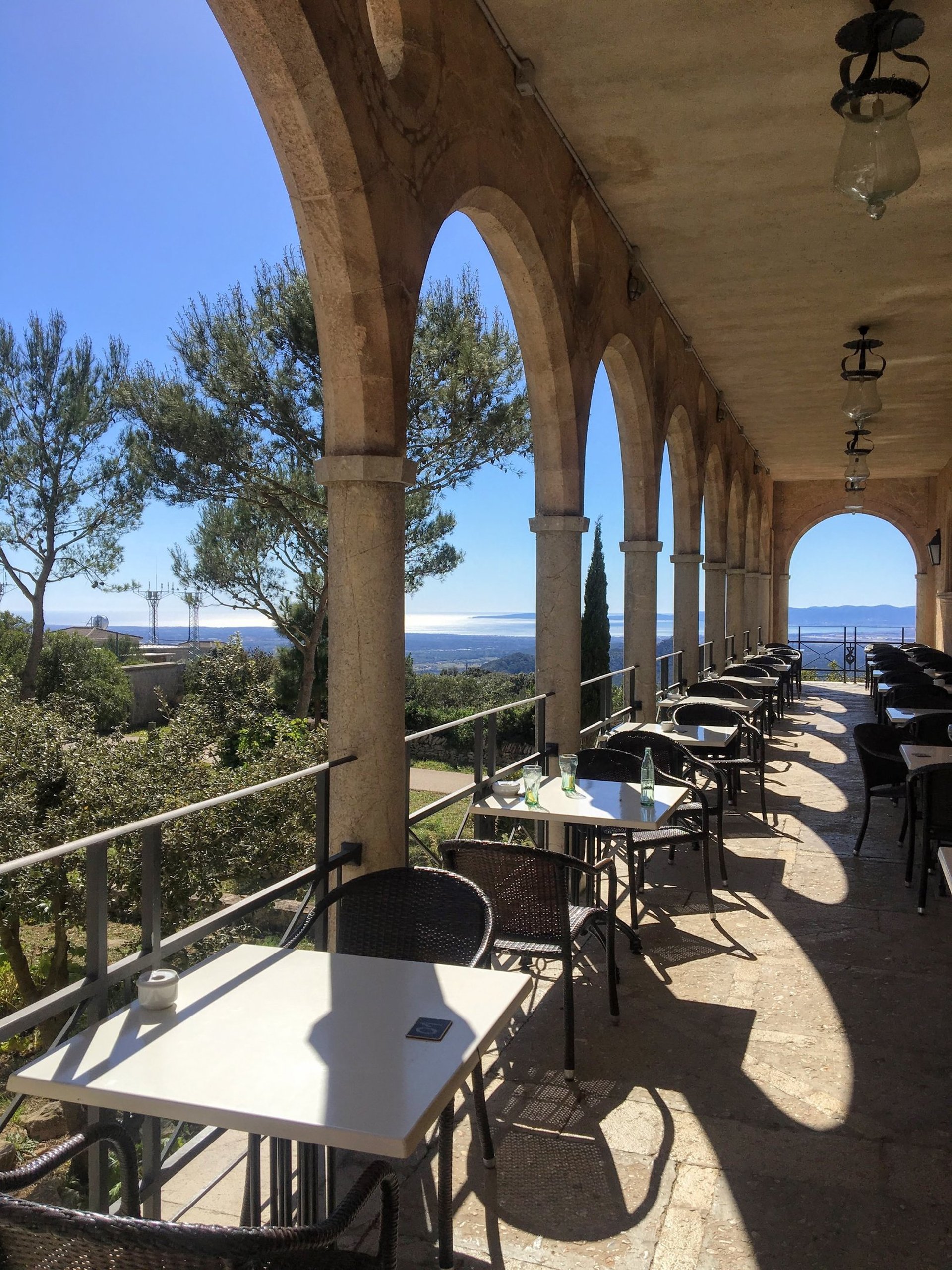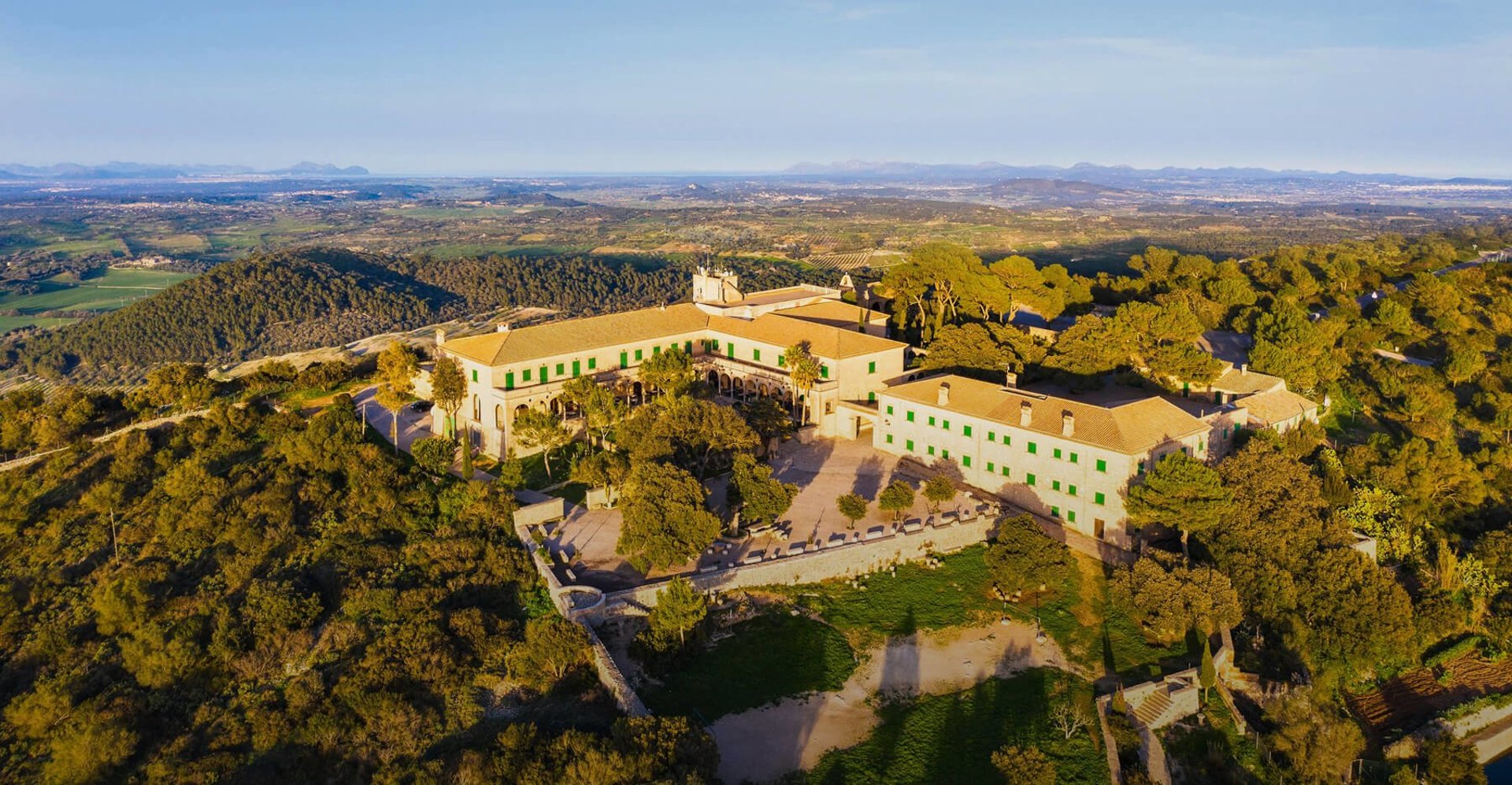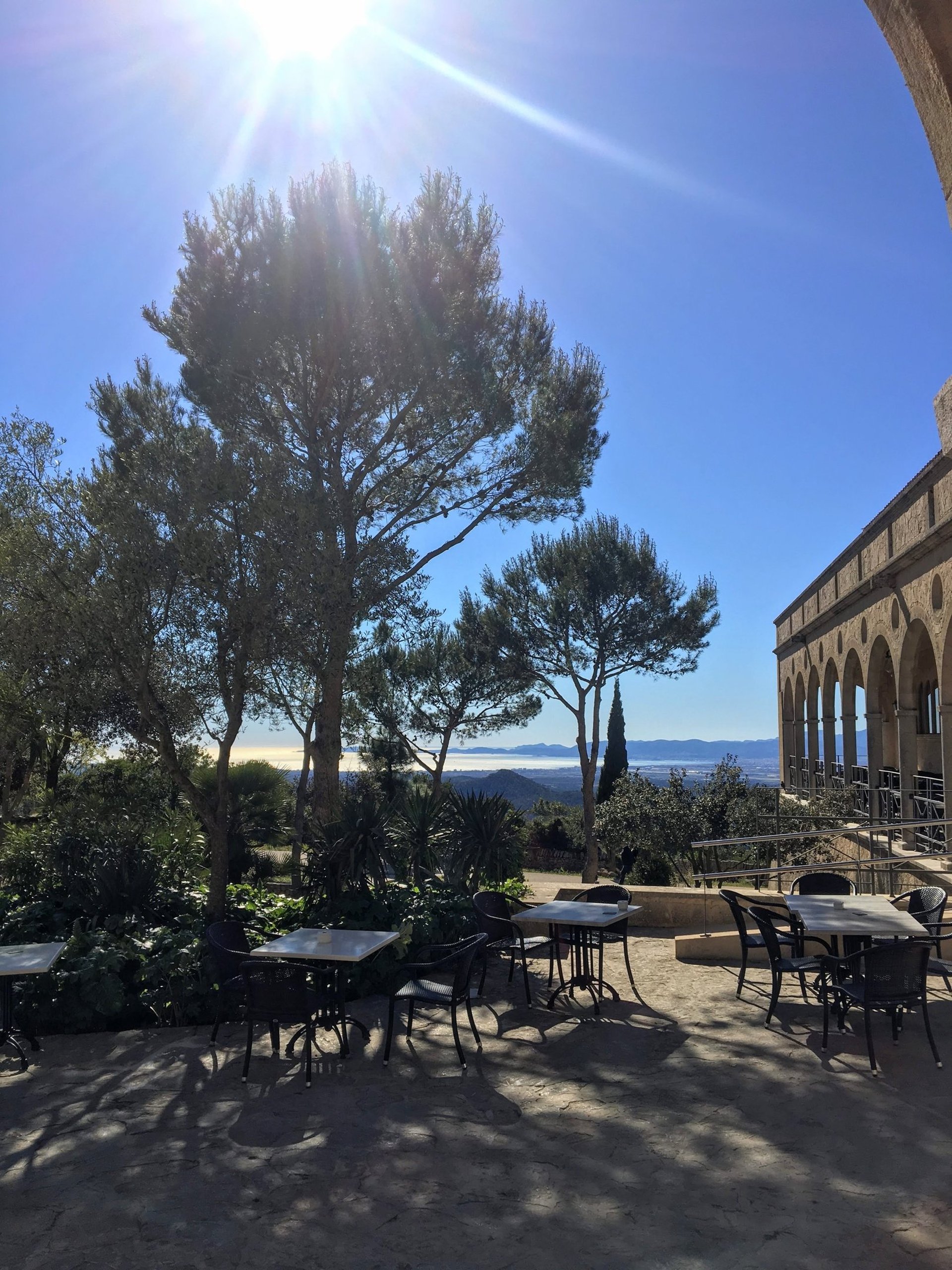Santuari de Cura: A Celestial Haven High Above Mallorca
2 min read



In the heart of the sun-drenched island of Mallorca, the Santuari de Cura commands an unyielding presence atop Puig de Randa. Towering at 543 meters, it is the island's loftiest peak and one of the revered sacred mountains. It is a place where legends interweave with history, and traces of worship from ages past hint at a mysterious allure that continues to this day.
The whispering winds atop Puig de Randa echo tales of an ancient Islamic defence castle that once stood guard over the land. Following the conquest of Jaime I in 1229, the mountain emerged as an emblem of ascetic and contemplative living. It became a haven for those seeking solace in the lap of nature, removed from the noise of the world below.
A key figure in this mountainous retreat's history is Ramon Llull (1232-1316), a visionary who found divine enlightenment here around 1274. In the serene surroundings of Puig de Randa, Llull embarked on his ambitious journey of intellect and mission, setting the foundation for an innovative philosophical system. From the late 13th century to the present day, Llull's profound thoughts have inspired and illuminated various fields of knowledge.
Throughout the 14th century, the mountain strengthened its position as a place of spiritual retreat, worship, and contemplation. It drew the devout and the curious, who sought to continue Llull's noble mission. They established a hermitage and a sanctuary of learning, honouring the mountain's legacy and the philosophical teachings of their master.
In the backdrop of this spiritual legacy, the shrine of Nuestra Señora de Cura emerged, housing a stone image of the Madonna dating back to the 15th century. The sanctuary evolved as a cradle of Marian and Lulian devotion, enriching its identity with a commitment to knowledge. It featured the Grammar School, an esteemed institution founded as the Lulian School, which later evolved into one of Mallorca's three prestigious grammar schools.
Despite its spiritual and educational significance, the sanctuary faced a period of decline around 1830, following the closure of the Grammar School. The sanctity of the Virgin waned, the celebrations dwindled, and the guardians of the sanctuary struggled to preserve the heritage.
A picture of decay was evident in the early 20th-century photographs, capturing buildings on the brink of collapse. Yet, like a phoenix rising from the ashes, the sanctuary found its saviour in Bishop Pere Joan Campins. In the summer of 1913, he entrusted the Third Order Regular of St. Francis (TOR) with the task of reviving the sanctuary's lost glory.
This marked the beginning of a new era. The TOR undertook extensive renovations and breathed new life into the sanctuary, transforming it into a modern haven of spirituality. By 1947, the new monastery had emerged, along with guestrooms and quarters for the brothers. The papal coronation of the Virgin's image took place in 1955, and a year later, the new restaurant and quarters in the monastery's main building were unveiled.
Today, the Santuari de Cura is more than just a religious site. It's a testament to Mallorca's deep-rooted spiritual history, a beacon of learning, and a symbol of resilience and restoration. Its legacy continues to inspire, and its unique Randa liqueur, a patented recipe by the TOR brothers, offers a taste of the sanctuary's unique charm.
So, journey to this celestial haven atop Puget de Randa, where the mountain air is crisp, the views are unparalleled, and the echo of history is as invigorating as the Mallorcan sun. Let the Santuari de Cura be your next step in the journey of exploration and enlightenment.
You can find out more about the Santuari de Cura here: https://www.santuaridecura.com/en/


